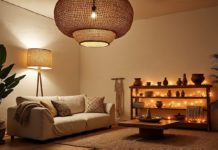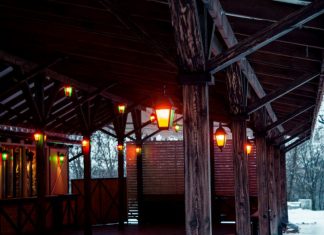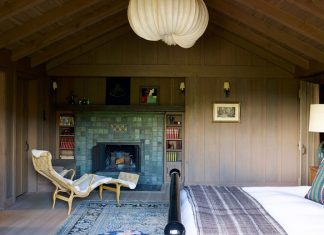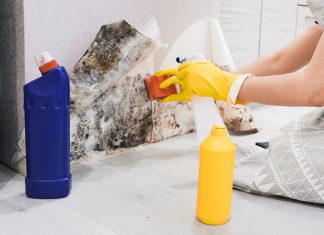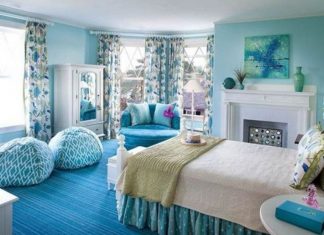The biggest challenge to build homes in places of a warm climate is to keep the house cool without overshooting energy bills. If you are making a home in a hot, dry, and humid climate, then be ready to settle hefty power bills as the cooling machines would be working overtime to create a comfortable living environment. If this sounds alarming as the living expenses would go up many more times, you must work your way around to design the home to reduce the need for artificial cooling and keep costs under control. It would require applying your mind and being creative with the home design by knowing what aspects to focus on when you come across some ad for Palm Coast FL homes for sale to get a house that keeps your monthly expenses under check.
Besides creating the right home design by understanding the way heat, moisture, and air travel within the home walls, you must also focus on pest control to know about the agencies that can help in Mosquito control in my area. Additional factors that you must consider as part of the home design should be based on your understanding of insulation rating of doors and windows, passive energy designs, and energy-efficient equipment and HVAC systems.
Here are some ways of ensuring that your new home can brave the weather, become more energy-efficient, and keep the interiors cool without inflating the energy bills.
Reduce heat and moisture
To keep homes cool with minimal use of cooling equipment, how well you tackle reducing heat and moisture matters the most. In hot climates, it is critical to keep heat and moisture under check by proper home design so that the home remains cool naturally with little use of artificial cooling equipment. One way to control heat gain is to install high-performance windows, LED lighting, ceiling insulation, and energy-efficient appliances.
To slow down thermal convection that plays a crucial role in cooling homes, focus on quality flashing and air and moisture barriers. Take steps to prevent moisture in walls that can encourage mold and mildew growth and reduce air leakages. The choice of building materials is crucial to achieving your goals of keeping your home cool in a natural way. Use materials that have a low emissivity, which will limit the absorption of radiant heat. It will ensure that the least amount of heat enters your home through the walls and roof and keeps it cool.
Make the walls special
The walls of homes in hot and humid climates should use some special materials that are different from the standard building materials that we all know. The insulation and heat transmission characteristics of the materials used for walls make all the difference between an ordinary home and a home specially designed for hot climates where the sun shines brightly throughout the year. The materials used for the walls must have a high R-value, but their conductivity should be low. Maybe you can apply exterior siding. The given texture also will give a more attractive impression to the front view of your house. There are many exterior house siding ideas that you can choose to beautify the appearance of the walls of the house.
Windows and floors are special too
The selection of windows and their proper placement play a critical role in cooling homes naturally. Windows must have tight sealing with double pane, perhaps with some tinting that constitutes low E windows. Choose windows with low SHGC ratings. Placing windows facing the north or south is the best option. Instead of skylights, use light tubes that gain less heat. Use bricks, concrete, and tile as the primary building materials that provide thermal mass, which absorbs heat during the day and releases it at night. Ceramic tile floors without carpet keep homes cooler.
Pay attention to the roof
The roof is the largest surface of the building that receives maximum heat from the sun and being careful in its construction can help keep homes cool. To prevent heat transmission from the roof, choose a roofing material with high emissivity and high solar reflectance, preferably in some light color.
Ceiling insulation
Insulating the ceiling is critical to prevent heat exchange through the roof, and you must ensure continuous insulation that must be a part of the building plan. To insulate the walls, use rigid foam boards that work well. Take a call about insulating the slab edge, and if needed, place a continuous layer of insulation foam under the slab. Try to insulate the ceiling lights that can only improve the overall home insulation, but the light design should accommodate it. Ensure proper sealing of the air conditioning ducts to prevent stress on the cooling machines that inflate the energy bills.
Ventilation
Pay attention to ventilation, which is key to proper airflow throughout the home. Create an open floor plan to allow natural ventilation. Install vents/bathroom fans in addition to louvered attic vents, ceiling fans, and roof vents.
The more you focus on energy efficiency in every aspect of the building plan, the ideal home design for hot climates.



